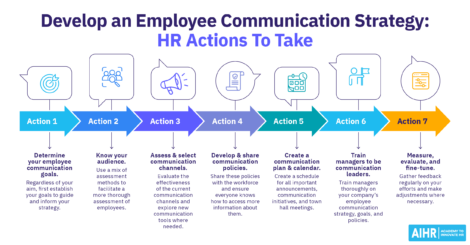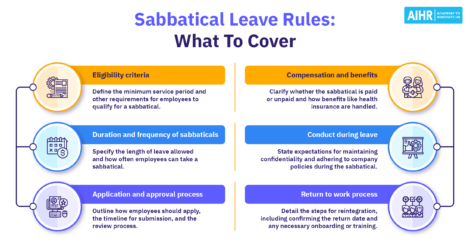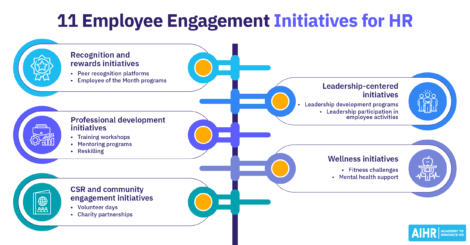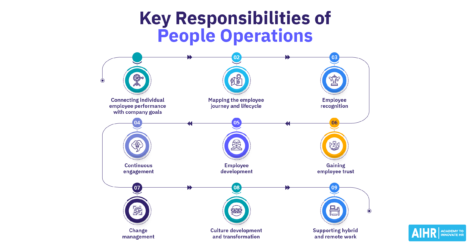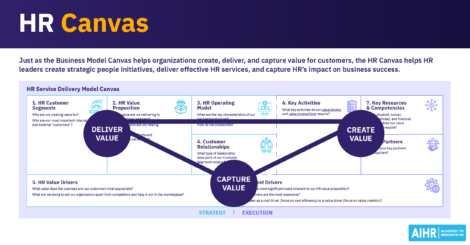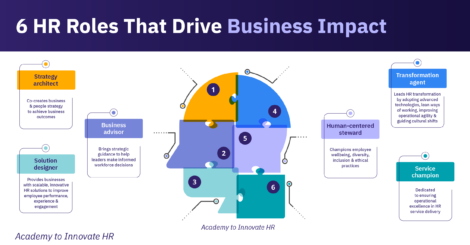37 Enlightening Employee Pulse Survey Questions To Ask
77% of employees want to share their feedback at work more than once a year—more often than an annual engagement survey allows. Pulse surveys are an easy way to increase engagement and help your organization react more quickly to urgent concerns.

Annual employee engagement surveys have dropped by 53% in four years in favor of more frequent employee pulse surveys. A key reason for this is the typically higher response rate, which shows pulse surveys can help increase engagement.
But the right pulse survey questions can help your company identify employee satisfaction levels and address issues before they escalate, driving harmony between organizational goals and workforce wellbeing.
This article offers a comprehensive list of questions to include in your pulse surveys and discusses best HR practices for preparing and following up on them.
Contents
What is a pulse survey?
Why are pulse surveys important?
37 pulse survey questions to ask employees
Pulse survey on work-life balance
Pulse survey on Diversity, Equity, Inclusion, and Belonging
Pulse survey on compensation and benefits
Pulse survey on leadership and management
Pulse survey on company culture
Pulse survey on career goals and professional growth
Preparing and distributing pulse surveys: Best practices
What is a pulse survey?
Pulse surveys are short, frequent surveys meant to “take the pulse” of an organization. They essentially entail gauging employee sentiment and engagement. These surveys are typically much shorter and easier to complete than annual engagement surveys; employees typically receive them fortnightly, monthly, or quarterly.
HR teams often use pulse surveys to gain real-time feedback, pinpoint areas for improvement, promote open communication, and help their companies respond more promptly to pressing issues.
Why are pulse surveys important?
Employee pulse surveys have several benefits, including:
- Improved employee engagement: Regularly gathering feedback on how motivated and satisfied employees are at work can make them feel valued and respected. It can also assure them their employers care about their welfare.
- Identifying areas for intervention: Pulse surveys enable a regular feedback loop that helps employers understand what they’re doing well and how they can improve, fostering a culture of continuous growth.
- A culture of open communication: Encouraging employees to give honest feedback allows organizations to better understand their needs and make proactive changes. This can boost internal communications and improve workplace transparency.
- Data-driven informed HR decisions: Pulse survey results provide real-time data, allowing you to gain insight into key areas for improvement and make informed, strategic decisions that support organizational objectives.
- Long-term employee satisfaction and organizational success: Pulse surveys enable employers to give workers the resources and tools they need to thrive and can improve recognition, performance, and retention.
37 pulse survey questions to ask employees
Here are some examples of thoughtful employee engagement pulse survey questions to ask your workforce and gain meaningful feedback.
Pulse survey on work-life balance
Pulse survey questions on work-life balance can help determine if employees have enough time off and feel happy at work.
- On a scale of 1-5, how satisfied are you with your work-life balance?
- Your manager and team provide enough support to help you manage your workload (strongly disagree, disagree, neutral, agree, or strongly agree).
- How often do you feel overwhelmed at work (rarely, seldom, sometimes, often, or almost always)?
- What policies can we offer to ensure a healthier work-life balance?
- Do your managers encourage you to use your allocated time off (yes or no)?
- You can normally disconnect from work and relax after office hours (strongly disagree, disagree, neutral, agree, or strongly agree).
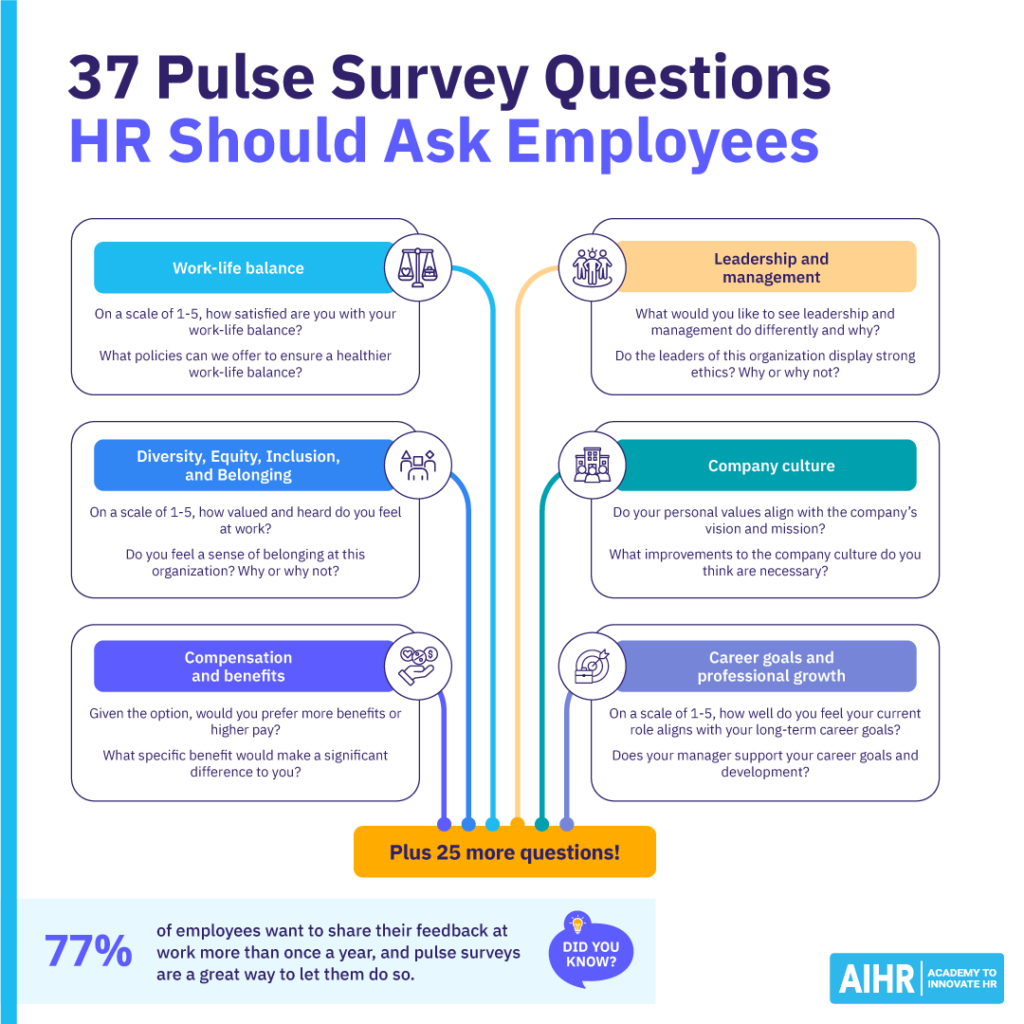
Pulse survey on Diversity, Equity, Inclusion, and Belonging
Pulse survey questions on Diversity, Equity, Inclusion, and Belonging (DEIB) help determine whether everyone feels a sense of inclusion and belonging at work. It can also highlight any inequitable practices, especially regarding compensation and benefits.
- Do you think your workplace environment supports and nurtures diverse employees? Why or why not?
- Do you believe every employee receives equal opportunities at the organization (yes or no)?
- On a scale of 1-5, how valued and heard do you feel at work?
- The company’s onboarding process made you feel welcome and included (strongly disagree, disagree, neutral, agree, or strongly agree).
- Do you feel a sense of belonging at this organization? Why or why not?
- New, diverse employees will feel welcomed and safe at the organization (strongly disagree, disagree, neutral, agree, or strongly agree).
Pulse survey on compensation and benefits
These pulse survey questions can reveal how satisfied your workforce is with their compensation packages and give you insight into how your organization can improve them.
- Do you think your compensation and benefits package adequately compensate you for your workload and responsibilities? Why or why not?
- The organization’s perks and benefits meet your expectations (strongly disagree, disagree, neutral, agree, or strongly agree).
- Given the option, would you prefer more benefits or higher pay?
- What specific benefit would make a significant difference to you?
- Do you think the company’s compensation and benefits adequately reward exceptional performance?
- On a scale of 1-5, how satisfied are you with your current compensation and benefits package?
Learn to use employee engagement to drive organizational progress
To drive employee engagement and organizational progress, you must foster a culture of trust, communication, and recognition while aligning employee goals with company objectives.
In AIHR’s Talent Management & Succession Planning Certificate Program, you’ll learn to build an environment that delivers a positive talent experience and keeps talent across different teams engaged in the long term.
This online, self-paced Certificate Program will also teach you to create and sustain a culture to help achieve organizational objectives, and successfully implement a culture change when needed.
Pulse survey on leadership and management
Survey questions on leadership and management help you develop more effective leaders, which can boost employee satisfaction and retention and meet organizational goals.
- You feel comfortable expressing opinions and giving honest feedback to your managers (strongly disagree, disagree, neutral, agree, or strongly agree).
- Do you receive actionable and constructive feedback from your managers (yes or no)?
- What would you like to see leadership and management do differently and why?
- On a scale of 1-5, how likely are you to recommend this company to others as a great place to work?
- Do the leaders of this organization display strong ethics? Why or why not?
- Your manager effectively communicates their expectations and goals (strongly disagree, disagree, neutral, agree, or strongly agree).
Pulse survey on company culture
These pulse survey questions can help you understand your current company culture and identify areas for improvement.
- Do you feel proud to work for this company? Why or why not?
- Do your personal values align with the company’s vision and mission?
- On a scale of 1-5, how positive and conducive is the current work environment to your success?
- What improvements to the company culture do you think are necessary?
- You feel connected to the company’s values and mission (strongly disagree, disagree, neutral, agree, or strongly agree).
- Do team dynamics support innovation and collaboration at this organization? Why or why not?
Pulse survey on career goals and professional growth
Asking employees questions about their career goals and professional development helps determine if they can see a future with the company if they have the resources needed to advance, and what you can do to support them.
- On a scale of 1-5, how well do you feel your current role aligns with your long-term career goals?
- Are you given sufficient opportunities to learn and develop your skills at work (yes or no)?
- Does your manager support your career goals and development (yes or no)?
- What learning and development opportunities would you like the organization to offer to support your career goals?
- On a scale of 1-5, how interested are you in mentorship opportunities at work?
- Do you have a clear understanding of what is required to advance to the next level in your career (yes or no)?
- Do you understand how your career goals align with the organization’s broader goals (yes or no)?
HR tip
It can be easy to overload pulse surveys with too many questions, but this will overwhelm employees and as such, reduce response rates. Aim for no more than 15 questions per survey to respect employees’ time and increase engagement. Also, be sure to tailor your pulse surveys for different roles or teams to gain more relevant insights into every part of the organization.
Preparing and distributing pulse surveys: Best practices
Here are some best practices to consider when designing and implementing effective employee pulse surveys.
1. Preparation
First, determine what you want to achieve with your pulse survey, whether it’s determining employee satisfaction with their compensation and benefits packages or if they feel supported in their career goals.
Next, collaborate with leadership and managers to align questions with business goals and ensure they can help you meet the organization’s wider objectives. You should also make sure the questions are clear, concise, and actionable—ask questions that lead to answers you can use to improve current policies if needed.
2. Distribution
Use digital tools for ease of distribution and data collection. For example, you can send pulse survey questions directly to employees through email or your company’s internal messaging platform.
You must also communicate the purpose of the survey to employees to build trust. Explain how the findings will help drive positive change that benefits everyone, boosting engagement and creating a sense of ownership. Remember to also keep the survey anonymous to encourage honest feedback.
3. Post-survey actions
After you’ve collected the survey responses, analyze and share the results with employees to show them the company is aware of their concerns and taking steps to address them. Follow this with an action plan to make the necessary improvements.
Once you’ve implemented your plan, monitor it closely to ensure effectiveness in addressing the concerns and making adjustments as necessary. Be sure to keep employees informed by sharing your progress at regular intervals.
A pulse survey should be short, sharp, and targeted to better understand the specific feedback you want. Keep your questions to the point, and always consider the user experience — they should be able to complete the survey in the flow of work, and giving their input should be fast and easy.

To sum up
Pulse surveys are a simple, effective way to boost employee engagement and address workplace issues before they escalate. By asking the right questions and acting on the feedback, you show employees their opinions matter, creating a more supportive and productive environment.
The real impact of pulse surveys comes from clear communication and follow-through. Keep surveys short, make participation easy, and always act on the results. Employees who see their feedback driving positive change are more likely to stay engaged and motivated.
Learn more
Related articles
Are you ready for the future of HR?
Learn modern and relevant HR skills, online







